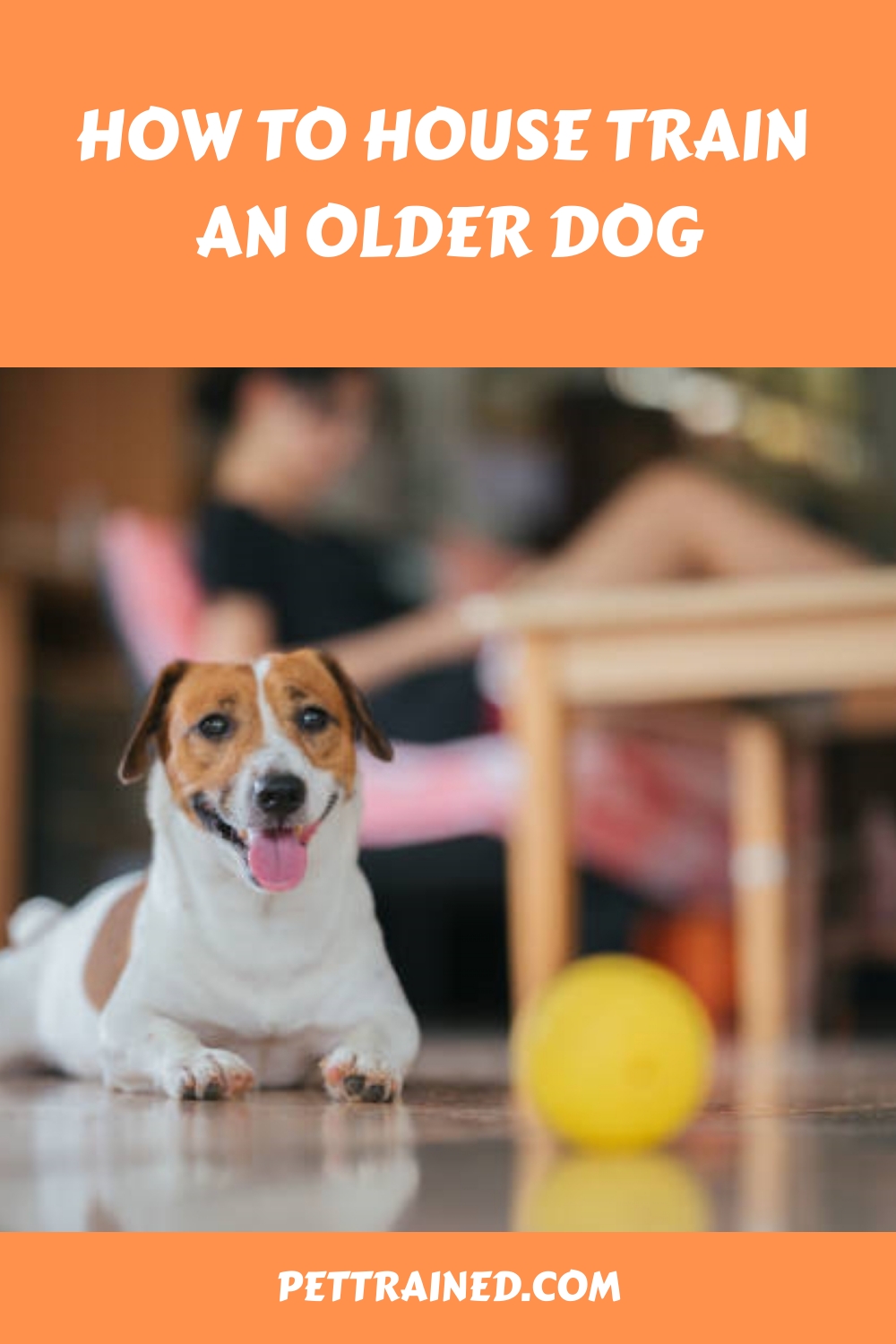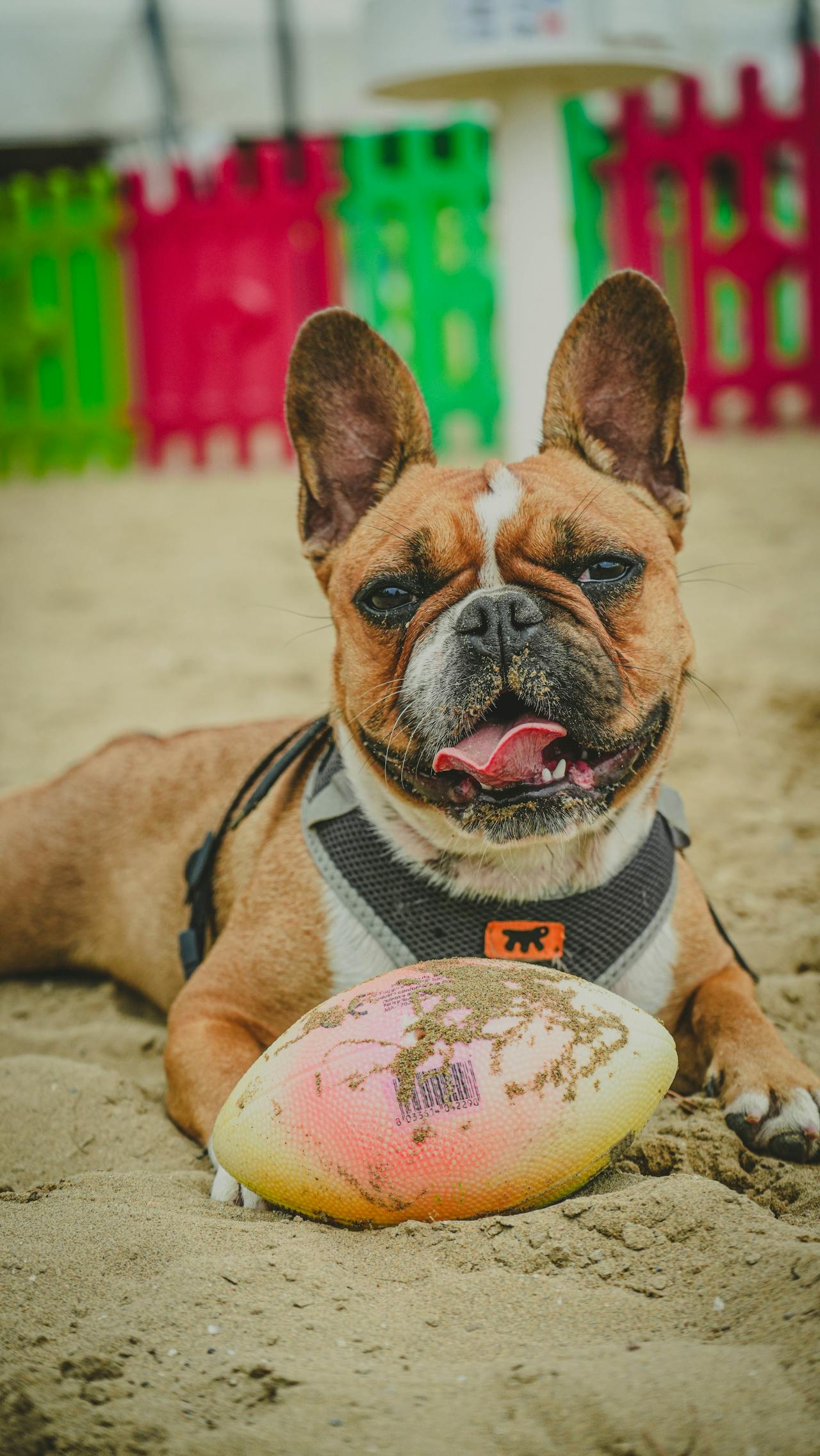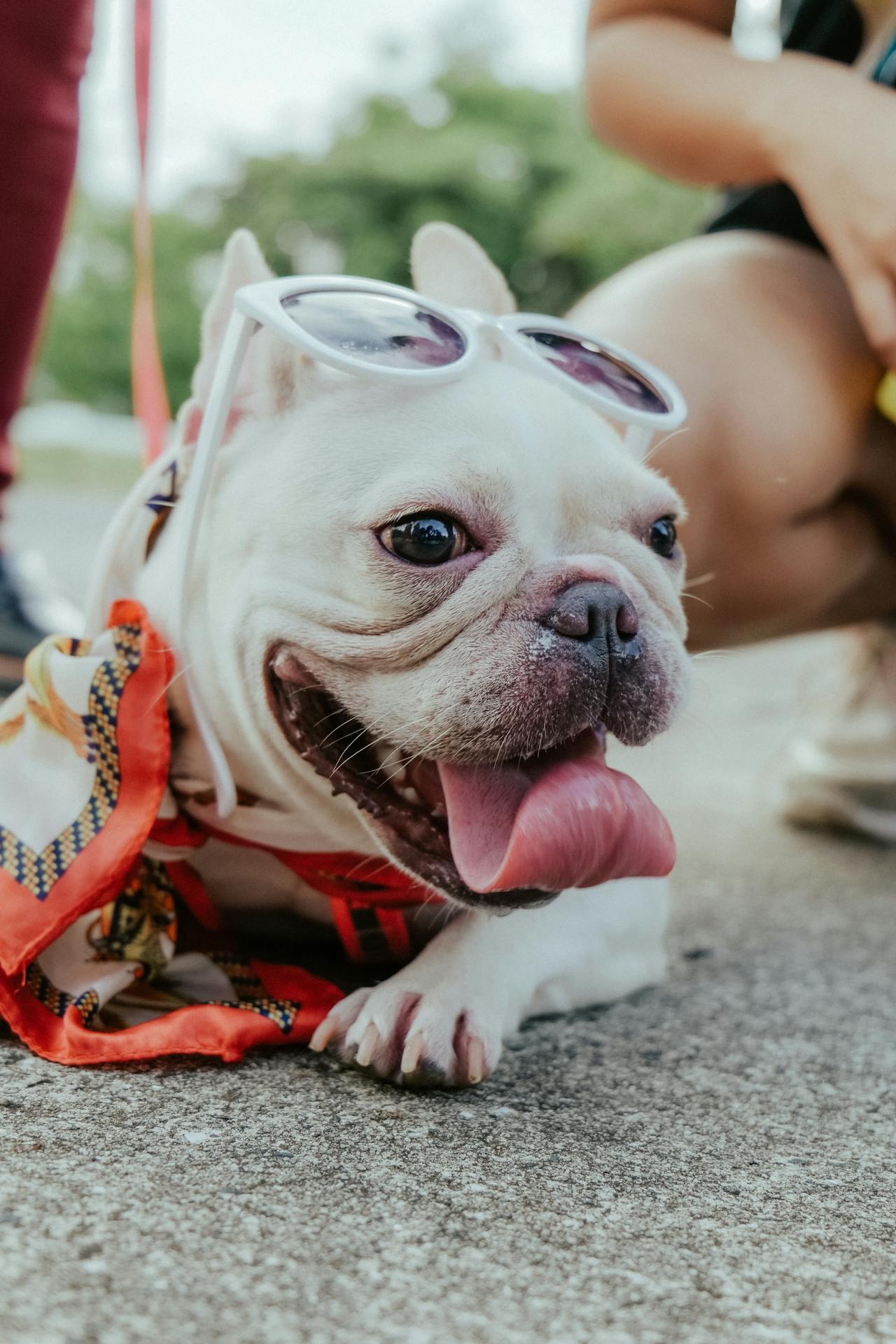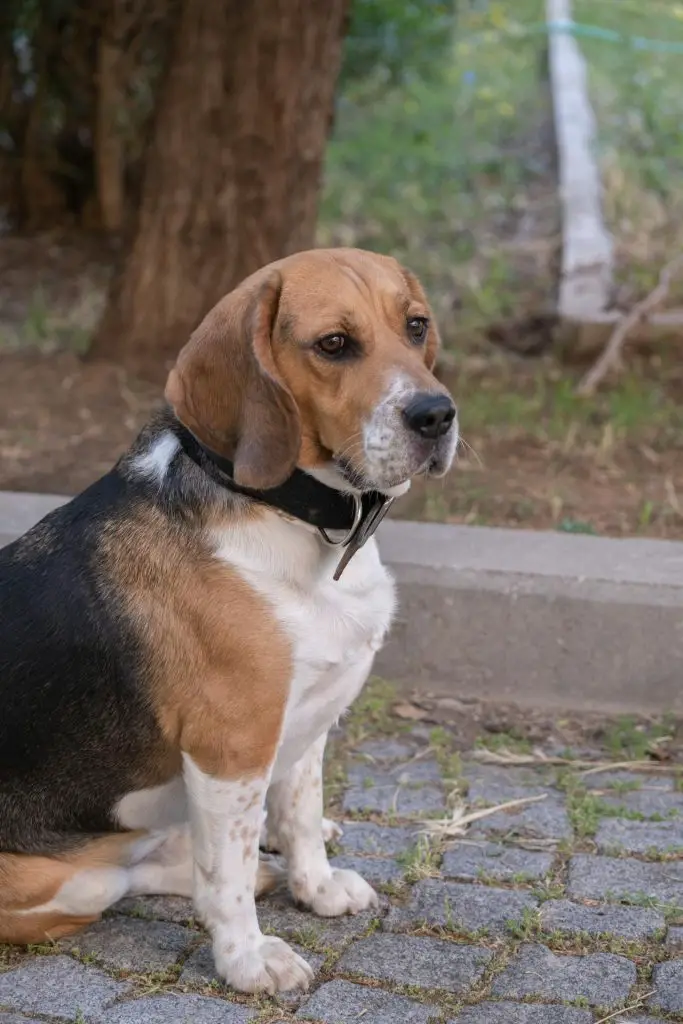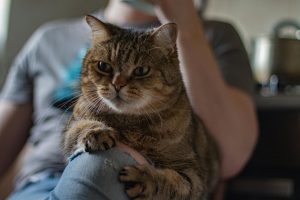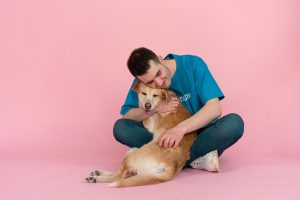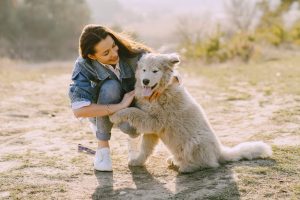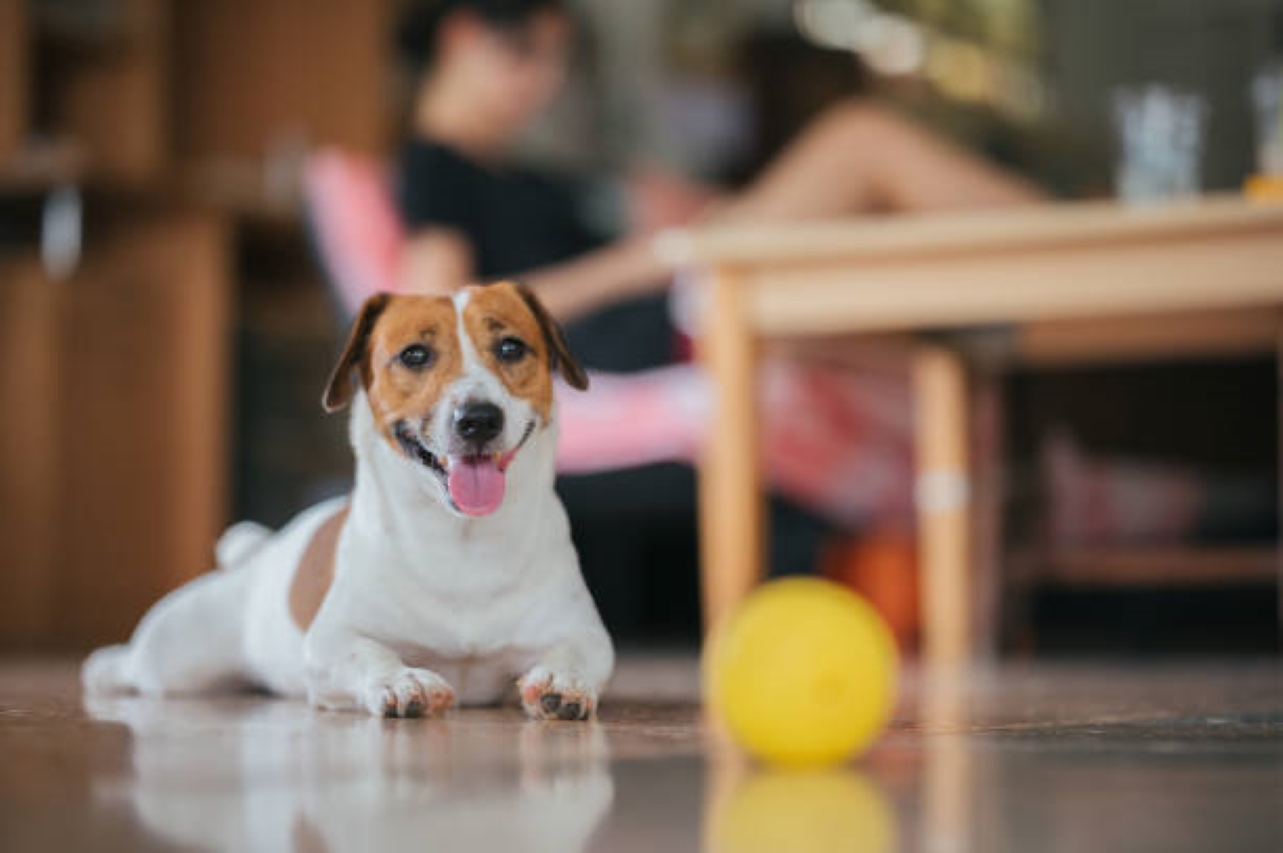
You’ll need to establish a consistent routine to house train an older dog, taking into account their age-related physical and behavioral changes. Set specific times for feeding, exercise, and potty breaks, and create a schedule to help them adapt to new habits. Choose a designated potty area and use positive reinforcement training to encourage good behavior. Be patient and persistent, as older dogs may experience decreased bladder control and unreliable bowel movements. By understanding their unique needs and adjusting your approach, you can help your older dog learn new habits and thrive in their golden years, and that’s just the start.
Table of Contents
Key Takeaways
- Establish a consistent routine with set times for feeding, exercise, and potty breaks to help the older dog adapt.
- Select a specific outdoor spot for potty breaks and use cues like ‘go potty’ to reinforce the action.
- Monitor for signs of underlying medical issues, such as urinary tract infections or arthritis, that may affect potty training.
- Increase supervision and monitoring to prevent accidents and reinforce good habits through consistent rewards.
Establish a Consistent Routine
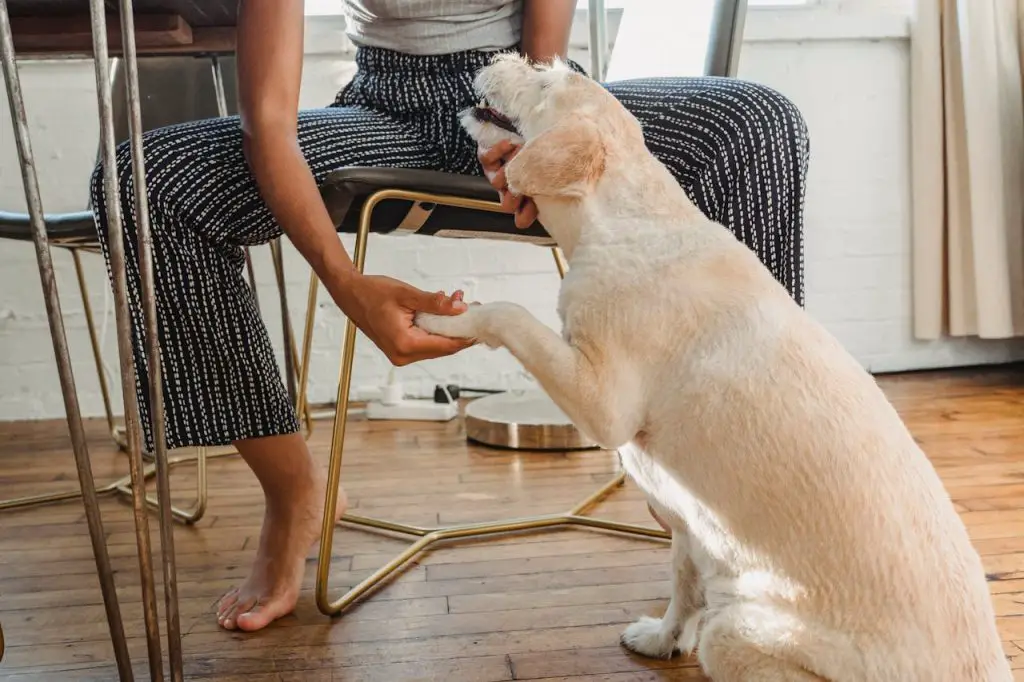
To house train an older dog, you need to establish a consistent daily routine that includes set times for feeding, exercise, and potty breaks.
This will help your dog learn when it’s time to eat, play, and go to the bathroom. A consistent routine will also help you identify patterns in your dog’s behavior and adjust your training strategy accordingly.
Create a potty schedule that works for you and your dog. Take your dog outside to the same spot each time to create a connection between that location and the act of going to the bathroom.
You’ll also want to take into account environmental factors, such as the weather and the time of day, when creating your schedule.
This post contains affiliate links. However all the information provided on this site are my own honest opinions. See more in Disclaimer.
For example, if it’s raining, you may need to adjust your schedule to accommodate indoor potty breaks.
Stick to your routine, even on weekends and holidays, to provide a sense of stability and structure for your dog.
Consistency is key when house training an older dog, so make sure everyone in your household is on board with the routine.
With patience and persistence, your dog will learn to follow the routine and go to the bathroom outside where they belong.
Choose a Designated Potty Area
Selecting a specific spot outside, such as a grassy area or a puppy pad, as your dog’s designated potty area helps create an association between that location and the act of going to the bathroom.
You’ll want to take into account your dog’s potty preferences when choosing this spot. Does your dog like to go on a long walk before doing their business, or do they prefer to quickly pop outside and get back in?
Choose a location that’s easily accessible and preferably close to your back door.
Take your dog to this designated potty area immediately after meals, naps, and playtime to create a routine.
Consistently use specific outdoor cues, such as ‘go potty’ or ‘do your business,’ to help your dog associate the command with the action.
When your dog does go to the bathroom in the designated area, be sure to praise them and reward their good behavior.
Watch for Medical Issues
As you’re house training your older dog, it’s essential that you keep an eye out for any underlying medical issues that could be hindering their ability to learn or hold their bladder and bowels.
Senior health issues can affect a dog’s ability to control their bodily functions, leading to accidents in the house.
Look out for signs of medical issues such as increased thirst and urination, accidents in the house, or straining during bowel movements.
| Medical Issue | Symptoms | Effect on House Training |
|---|---|---|
| Urinary Tract Infection | Increased thirst and urination, accidents in the house | Difficulty holding bladder |
| Arthritis | Painful joints, difficulty moving | Difficulty reaching designated potty area |
| Gastrointestinal Issues | Diarrhea, vomiting | Difficulty controlling bowels |
| Cognitive Dysfunction | Confusion, disorientation | Difficulty learning new habits |
Behavioral changes can also be a sign of underlying medical issues. If you notice any changes in your dog’s behavior, such as increased anxiety or restlessness, consult with your veterinarian to rule out any underlying medical issues.
By addressing these issues, you can help your older dog successfully complete house training.
Use Positive Reinforcement Training
To house train your older dog effectively, you’ll need to focus on positive reinforcement training methods.
By using rewards and clear commands, you’ll encourage good behavior and help your dog associate the desired actions with pleasurable outcomes.
This method is particularly effective with older dogs, as they learn to quickly connect their behaviors with the rewards they bring.
Reward Good Behavior
Consistently rewarding your older dog for good behavior is essential in house training, as it reinforces desired habits and motivates them to learn faster. Treat rewards are an excellent way to do this.
When your dog exhibits good behavior, such as holding their bladder or bowels until you take them outside, immediately reward them with a treat. This associates the behavior with a positive outcome, encouraging them to repeat it.
To effectively reward good behavior, you need to track your dog’s actions. Keep a behavior tracking journal or use a mobile app to record your dog’s habits, including when they go to the bathroom and when they exhibit desired behaviors.
This helps you identify patterns and determine when to reward your dog.
By consistently rewarding good behavior and tracking your dog’s actions, you’ll be able to house train your older dog more efficiently.
Remember, the key to successful house training is consistency and positive reinforcement.
Use Clear Commands
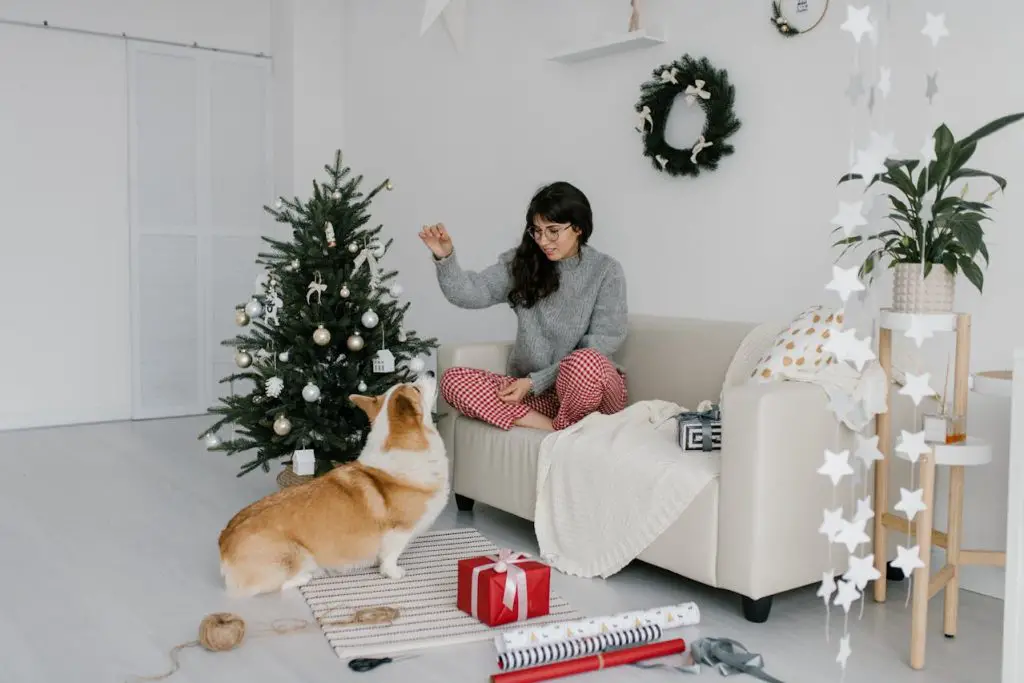
You’ll get the best results from house training your older dog if you use clear, concise commands that they can easily understand and respond to.
Consistency is key when teaching your dog new behaviors, and using the same verbal cues each time will help them learn faster.
Choose a specific command, such as ‘go potty’ or ‘do your business,’ and use it every time you take your dog outside to eliminate.
Using clear commands will also help you avoid confusing your dog. For example, if you use different commands each time, your dog may not understand what you want them to do.
By using the same command consistently, you’ll help your dog learn to associate the command with the action. Remember to reward your dog with praise and treats when they respond correctly to the command.
Trending in Dogs:
This positive reinforcement will help solidify the behavior and make house training easier.
Establish Routine Quickly
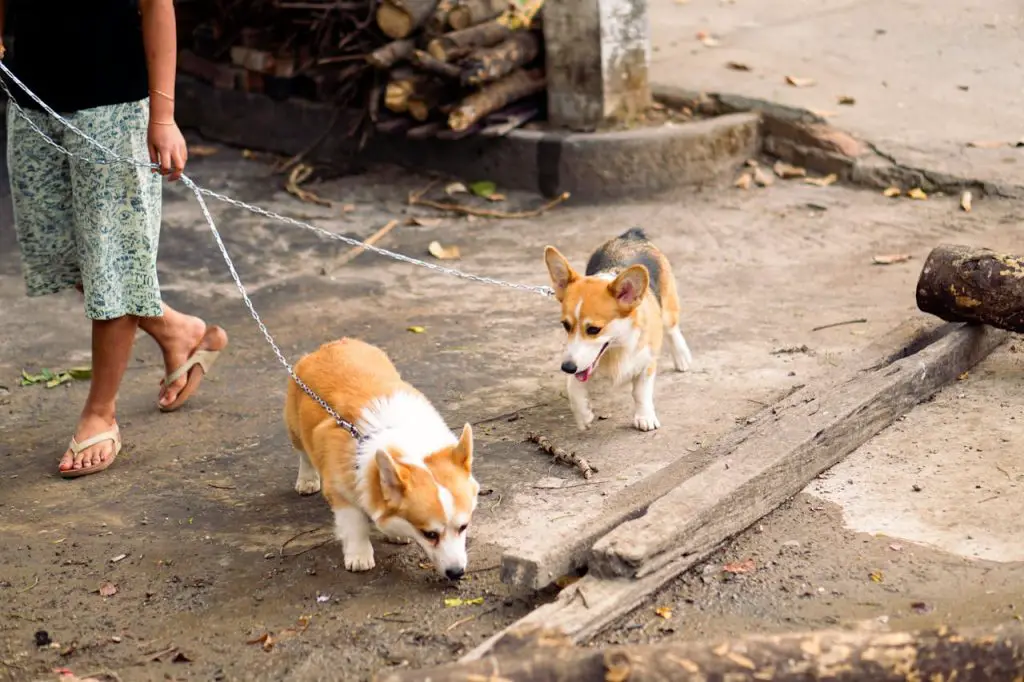
Building on the clear communication established through consistent commands, establishing a routine quickly is essential for successful house training, as older dogs thrive on predictability and clear expectations.
You’ll want to create a schedule that works for both you and your senior dog, taking into account their age, health, and individual needs.
A regular routine will help your dog feel secure and develop good habits.
When making training adjustments, consider your dog’s physical limitations and any health issues they may have. For example, if your dog has arthritis, you may need to limit the number of times they need to climb stairs or jump.
As you establish a routine, be sure to reward good behavior with treats, praise, and affection. Positive reinforcement training is key to successful house training.
By creating a predictable routine and making adjustments as needed, you’ll be well on your way to helping your senior dog master the basics of house training.
Remember to be patient and flexible, as every dog is different, and it may take some trial and error to find the right rhythm.
With time and consistency, your senior dog will thrive in their new routine.
Clean Up Accidents Properly
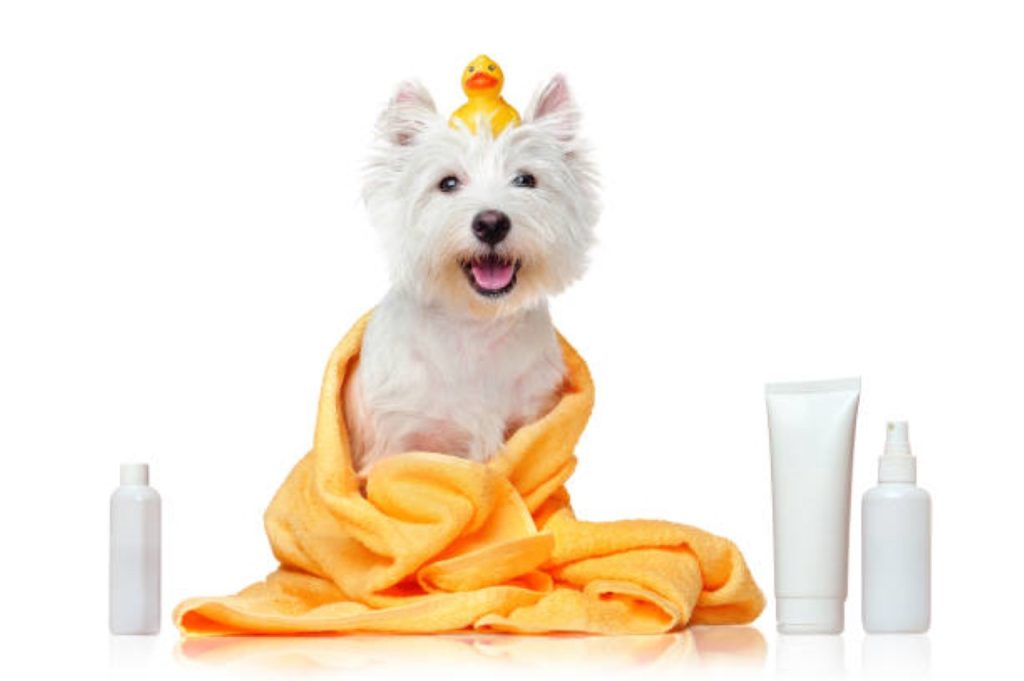
When accidents happen, it’s essential to clean them up thoroughly to remove any remaining scent that might attract your dog to the same spot again.
Proper accident cleanup is a key part of house training an older dog. You’ll need to be diligent about odor control to prevent future accidents.
To clean up effectively, follow these steps:
- Use a cleaner specifically designed to eliminate pet odors.
- Neutralize the area by sprinkling baking soda or white vinegar to absorb any remaining scent.
- Avoid using ammonia or other chemical cleaners, as they can make the smell worse.
Increase Supervision and Monitoring
To prevent accidents and reinforce good habits, closely supervise your older dog at all times, especially in areas where accidents have happened before.
This increased supervision will help you identify patterns and triggers, allowing you to intervene before accidents occur.
You’ll also be able to reward good behavior, such as eliminating outside or holding their bladder, which will reinforce positive habits.
While supervising, engage in bonding activities that promote a strong relationship with your dog.
Play fetch, go for walks, or try scent training exercises that challenge and engage your dog’s mind. These activities won’t only strengthen your bond but also help your dog understand what’s expected of them regarding house training.
Manage Incontinence and Leaks

Your older dog’s incontinence and leaks require prompt attention and an effective management plan to prevent accidents and minimize messes.
As your senior dog ages, their bladder control and bowel movements may become less reliable, but there are incontinence solutions available to help.
By implementing a combination of health monitoring, dietary adjustments, comfort measures, and environmental modifications, you can reduce the frequency and severity of leaks.
Here are some steps you can take to manage your older dog’s incontinence:
- Monitor your dog’s overall health, including urinary tract infections, kidney stones, or gastrointestinal issues, which can contribute to incontinence.
- Adjust your dog’s diet to include more fiber or feed a high-quality senior dog food that’s designed to help maintain bowel health.
- Provide comfort measures, such as more frequent potty breaks and a warm, comfortable place to rest.
Frequently Asked Questions
Like a blank canvas waiting for brushstrokes, an older dog’s mind is still capable of learning. You can house train them using positive reinforcement and gentle training techniques, even if they’ve never been trained before.
You’ll see progress in house training your older dog within a few weeks to a few months, but timeframe expectations vary depending on training consistency, the dog’s age, and previous habits, so stay patient and persistent.
You’re making critical errors when house training an older dog if you’re using inconsistent cues and negative reinforcement, causing confusion and anxiety; instead, establish a routine and reward good behavior to achieve successful training results quickly.
You’ll be surprised to know that older dogs can adapt to litter box alternatives and puppy pad techniques! A 10-year-old Labrador named Max learned to use puppy pads in just a week with consistent training and positive reinforcement.
You don’t have to worry about age limits when house training an older dog, but age factors can influence the process; you’ll need to adjust training techniques to accommodate potential physical limitations and health issues.
